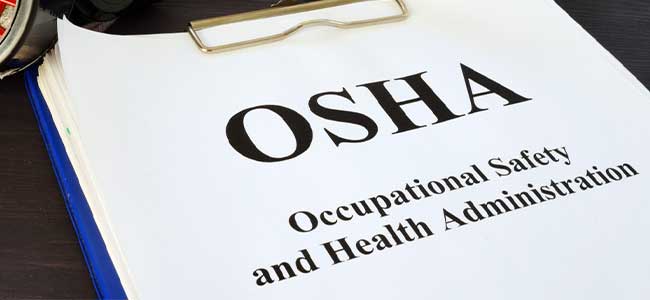
OSHA Seeking Stakeholder Input on Leading Indicators for Potential New Resource
The agency is accepting comments through July 17, 2023.
- By Alex Saurman
- May 19, 2023
Do you have an opinion or experience on leading indicators you’d like to share? OSHA’s looking for your comment.
According to a news release, with the idea of creating a Leading Indicators Resource, the agency is seeking stakeholder answers to many questions on the effectiveness of leading indicators. Per OSHA, some of these include:
- “What lagging indicators do you use (OSHA rates, for example)?
- What leading indicators do you use?
- What leading indicators are, or could be, commonly used in your industry?
- Do you use any business impact measures to improve safety and health performance and/or encourage financial investment into fixing workplace hazards? If so:
- What business impact measures were used?
- How were these measures used to improve safety and health performance and/or encourage financial investment into fixing workplace hazards?
- What metrics do you share with top management?
- How do you determine the effectiveness of your leading indicators?
To view additional questions, read the OSHA Questions on the Use and Development of Leading Indicators.
Those interested in submitting comments must do so on the Federal e-Rulemaking Portal, Docket No. OSHA-2023-0006. All comments are due by July 17, 2023.
The agency’s previous work on leading indicators includes a 2019 publication titled “Using Leading Indicators to Improve Safety and Health Outcomes.”
About the Author
Alex Saurman is a former Content Editor for Occupational Health & Safety,who has since joined OH&S’s client services team. She continues to work closely with OH&S’s editorial team and contributes to the magazine.